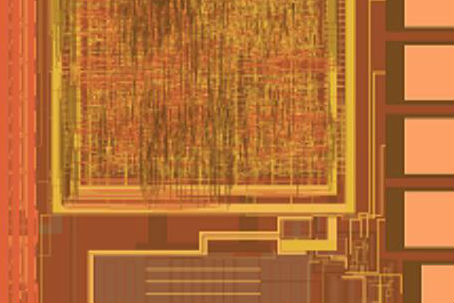Engineers have made RFID tags 25% smaller, and cheaper
A series of new techniques developed by engineers at North Carolina State University is being used to create passive radio-frequency identification (RFID) tags that are 25% smaller — and less expensive than current types.
This is possible because the new technique does not require tags to convert alternating current (AC) to direct current (DC) in order for them to function effectively.

In passive RFID technology, a “reader” transmits a radio signal that is picked up by the RFID tag. The tag converts the AC of the radio signal into DC to power the internal circuits, which control the signal that gets bounced back to the reader. Passive RFID technology is used in many of our everyday applications like parking passes, merchandise, and asset tracking. For example, passive RFID is what makes it possible for a traffic barrier to lift when you wave a parking pass in front of the scanner.
“By eliminating the hardware that is used to convert the AC signal to DC for powering the circuit, we are able to make the RFID tag much smaller and less expensive,” said Paul Franzon, a professor of electrical and computer engineering at NC State and senior author of a paper on the work.
Franzon’s team re-designed ordinary RFID circuits to operate directly off of AC power by incorporating additional transistors into the circuits. The circuits share a few transistors that enable them to operate correctly using an AC power source.
Any tags that incorporate the new design are referred to as “RF-only logic” RFID tags. So far the prototypes have less range than conventional, passive RFID tags, but the researchers have plans to develop new RF-only logic tags that they expect to have similar range when comp
The relevant techniques have been patented through NC State’s Office of Technology Transfer.
Franzon is now looking for industry partners to help bring the technology to market.


Comments are closed, but trackbacks and pingbacks are open.